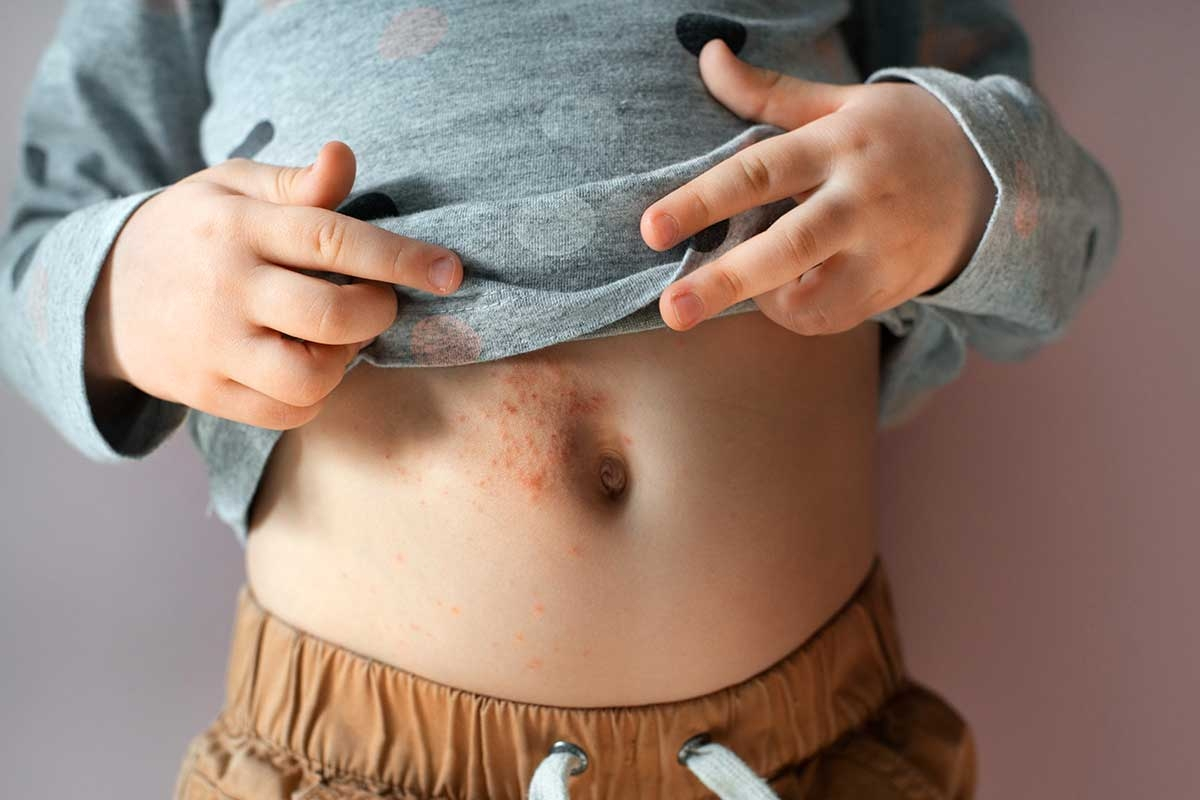Scabies: Causes, Symptoms, and Effective Treatments
Scabies, or sarna, is a highly contagious skin condition caused by mites. It affects people worldwide and spreads quickly in crowded environments or where hygiene is compromised. Early diagnosis and treatment are essential to avoid complications and limit transmission. This article provides an in-depth understanding of scabies, its causes, symptoms, and treatment options.
What Is Scabies?
Scabies is a skin infection caused by the mite Sarcoptes scabiei. These microscopic parasites burrow into the skin, causing intense itching and a rash that can lead to discomfort and complications if untreated.
The Role of the Mite
The female mite is responsible for most of the symptoms, as it digs into the upper layers of the skin to lay eggs. This process triggers an immune response, resulting in inflammation, itching, and visible skin lesions. The life cycle of the mite, lasting 4–6 weeks, highlights the need for comprehensive treatment to eliminate both mites and their eggs.
Scabies is more than a minor skin condition—it significantly impacts quality of life due to the severity of symptoms and its highly contagious nature.
How Scabies Is Transmitted
Understanding how scabies spreads is critical for effective prevention and control.
Direct Contact
Scabies is primarily transmitted through prolonged skin-to-skin contact. Close family members, intimate partners, and individuals in shared living spaces are most at risk. Quick or casual contact, like handshakes, rarely leads to transmission.
Contaminated Objects
Though less common, scabies mites can survive briefly on clothing, bedding, and towels, leading to transmission through shared personal items.
Risk Factors
Certain environments and conditions increase susceptibility to scabies:
- Crowded settings: Nursing homes, shelters, and dormitories are common hotspots.
- Poor hygiene: Limited access to clean water and sanitation facilities exacerbates the spread.
- Weakened immunity: Individuals with compromised immune systems are particularly vulnerable.
Symptoms of Scabies
The symptoms of scabies often develop within 2–6 weeks after infestation, but in those with prior exposure, they may appear within days.
Primary Symptoms
- Intense itching: Often worse at night, itching can disrupt sleep and quality of life.
- Skin lesions: Small, raised bumps or blisters, often accompanied by red or grayish burrow lines (the tunnels created by mites).
Commonly Affected Areas
Scabies often appears on:
- Hands, wrists, and fingers.
- Elbows, armpits, and waistline.
- Genital area, buttocks, and feet.
Severe Forms
- Crusted scabies (Norwegian scabies): A highly contagious form affecting immunocompromised individuals, characterized by thick, crusted plaques containing thousands of mites. This form requires urgent and aggressive treatment.
Diagnosing Scabies
Accurate diagnosis is crucial for effective treatment and preventing further spread.
Clinical History
Doctors typically ask about symptoms, including the duration of itching and any recent contact with infected individuals. A history of similar symptoms in family members or roommates can point to scabies.
Physical Examination
The presence of burrows, characteristic rashes, and common lesion locations help confirm scabies.
Microscopic Examination
In uncertain cases, a skin scraping from an affected area may be examined under a microscope to identify mites, eggs, or fecal matter, confirming the diagnosis.
Treatment for Scabies
Scabies is highly treatable, but addressing both the infestation and its potential spread is critical.
Topical Medications
- Permethrin 5% cream: The first-line treatment, it is applied to the entire body from neck to toes and left on for 8–14 hours before washing off.
- Sulfur ointments: Suitable for pregnant women, young children, or those unable to use permethrin.
- Lindane lotion: Effective but used sparingly due to potential side effects.
Oral Medications
- Ivermectin: Taken orally, it is particularly effective for severe cases, outbreaks, or crusted scabies. Often used in combination with topical treatments.
Addressing Contamination
- Wash all clothing, bedding, and towels in hot water (above 60°C) and dry them at high heat.
- Seal non-washable items in plastic bags for at least 72 hours to starve the mites.
Treating Close Contacts
All individuals in close contact with the patient, even if asymptomatic, should undergo treatment simultaneously to prevent reinfection.
Preventing Scabies
Preventive measures can help limit outbreaks and protect vulnerable populations.
Personal Hygiene
- Maintain clean skin and avoid sharing personal items such as towels and clothing.
- Promptly treat skin injuries or conditions that may facilitate mite infestation.
Hygiene in Shared Environments
- Regularly clean and disinfect common areas, bedding, and linens in institutions like nursing homes or shelters.
- Educate staff and residents about early signs and symptoms to ensure prompt treatment.
Public Awareness
Raising awareness about scabies transmission and prevention can significantly reduce its spread in high-risk settings.
Complications of Scabies
When left untreated, scabies can lead to significant complications.
Secondary Infections
Persistent scratching can break the skin, allowing bacteria to enter and cause infections like impetigo or cellulitis.
Social and Psychological Impact
The visibility of scabies lesions and the associated stigma can lead to anxiety, depression, and social withdrawal, especially in severe or recurrent cases.
Crusted Scabies Risks
In immunocompromised individuals, crusted scabies can lead to severe complications, including systemic infections and a higher risk of death without timely intervention.
When to See a Doctor
Consult a healthcare provider if:
- Itching is severe and persistent, especially at night.
- Skin lesions spread or fail to improve with basic care.
- Multiple family members or community members display similar symptoms.
Prompt medical evaluation and treatment can prevent complications and limit transmission.
Conclusion
Scabies is a treatable but highly contagious skin condition. Early diagnosis, effective treatment, and preventive measures are essential to control its spread and minimize complications. Maintaining good hygiene and seeking medical attention at the first sign of symptoms ensures a quick recovery.
Book an appointment with the specialists at Clinic Consultation for personalized diagnosis and effective treatment of scabies.
